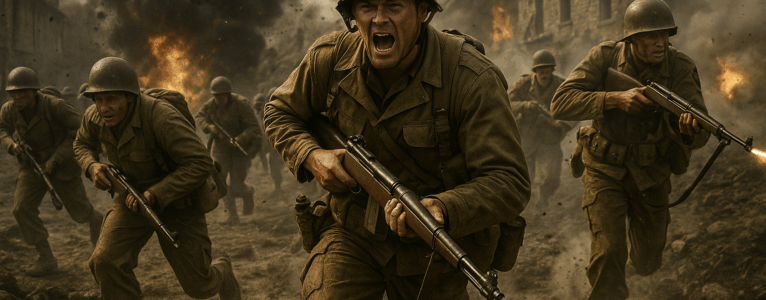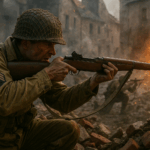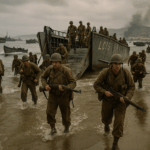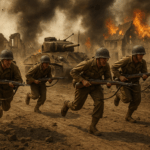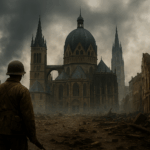Introduction: Who Were Darby’s Rangers?
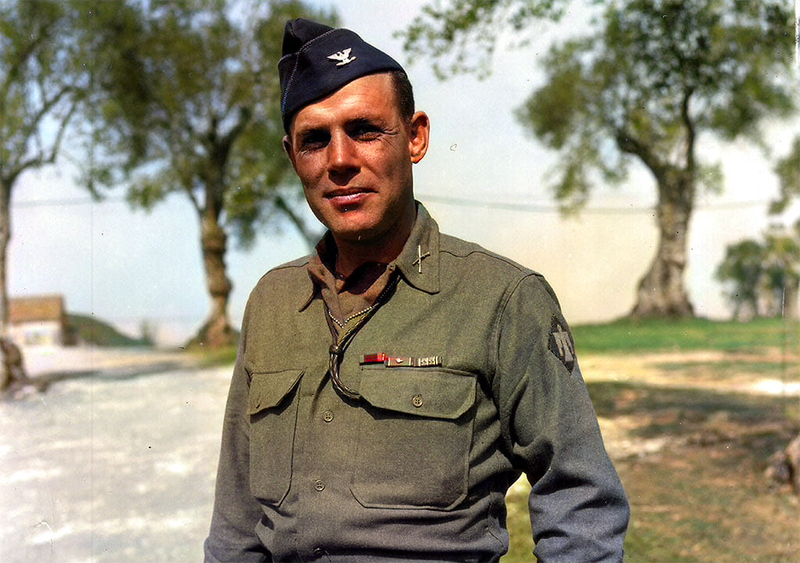
In the dark early years of World War II, as Axis powers advanced across Europe and North Africa, the United States military recognized the need for something new — elite light infantry capable of special operations. From that urgency emerged Darby’s Rangers, a volunteer force inspired by British Commandos and trained to strike fast, fight hard, and disappear before the enemy could react.
Led by William O. Darby, a determined and charismatic young officer, the Rangers blazed a trail of courage from the beaches of North Africa to the mountains of Italy — and ultimately became the blueprint for modern American special forces.
Why Colonel William O. Darby Matters to My Novels
I thought it was time to finally share a bit more background on Colonel William O. Darby, a figure who looms large throughout my Rangers novels. If you’ve followed the series, you’ve seen his name come up again and again — not by accident. Darby wasn’t just a battlefield commander; he was the heart and soul of the original U.S. Army Rangers in World War II. A West Point graduate, Darby took a group of untested volunteers and transformed them into one of the most feared and respected special operations forces of the war. He trained alongside his men, led from the front, and never asked anyone to do something he wouldn’t do himself. His leadership, charisma, and sheer determination are woven into every fictional Ranger I’ve created. Understanding Darby is key to understanding the soul of the unit — and why these stories continue to matter.
The Origins of America’s First Commando Force
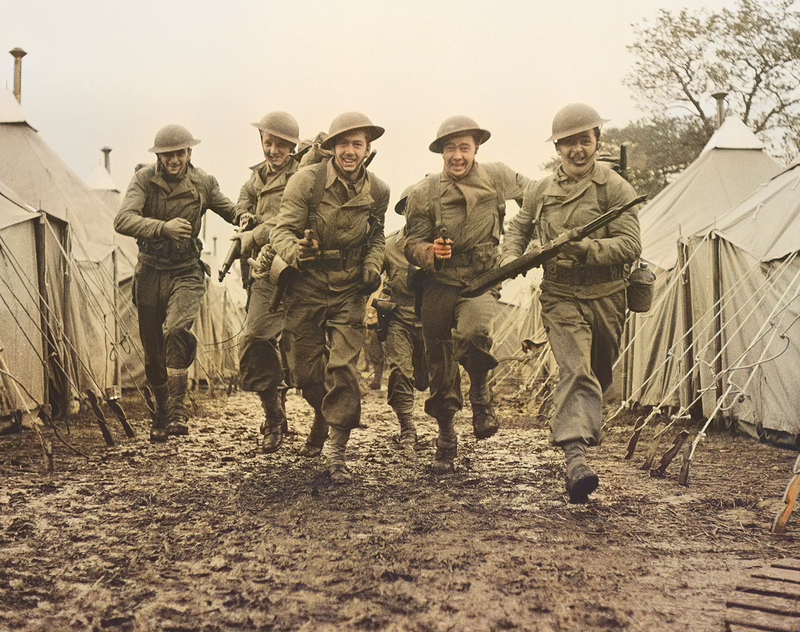
Created in 1942 under the direction of General George Marshall and Colonel Lucian Truscott, the 1st Ranger Battalion was activated in Northern Ireland and trained under brutal conditions in Scotland’s Achnacarry Castle, the legendary British Commando Depot.
Darby handpicked 500+ volunteers from regular Army units. The men endured extreme physical training, live-fire exercises, and amphibious assault drills that pushed them to the edge. The result? A lean, deadly force prepared to take the war directly to the Axis.
Training That Forged Warriors
Ranger training was unlike anything in the U.S. Army at the time. It included:
- Speed marches at 5 miles per hour
- Cliff-scaling and rope bridge crossings
- Live-fire “death slide” and bayonet assaults
- Hand-to-hand combat, demolitions, and radio work
British instructors like Lt. Col. Charles Vaughan and U.S. leaders like Capt. Herman Dammer helped instill discipline and precision. American diarist Thomas Sullivan documented the intense routine and the deep bonds forged between Rangers during this period.
First Blood: The Dieppe Raid and North Africa
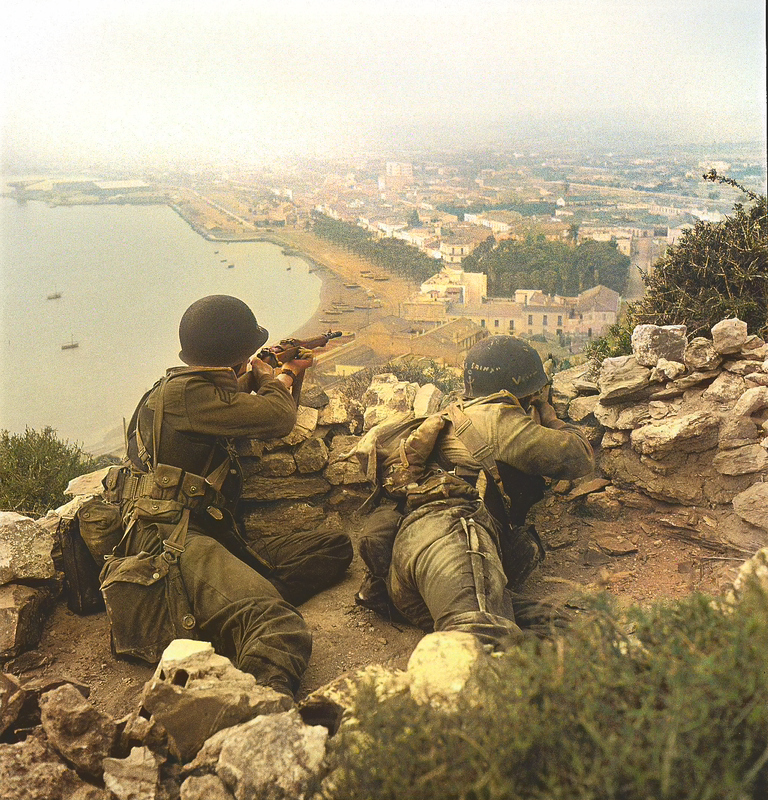
Darby’s Rangers first saw combat in the ill-fated Dieppe Raid in August 1942, where a small contingent joined British and Canadian troops in a brutal amphibious assault on the French coast. The operation was costly but taught invaluable lessons in planning, stealth, and reconnaissance.
Their next mission — part of Operation Torch — saw them land at Arzew, Algeria, on November 8, 1942. There, they successfully eliminated two coastal gun batteries in a textbook special operation, clearing the way for U.S. forces to capture Oran.
Campaigns in Sicily and Italy: Leading from the Front
Over the next year, Darby’s Rangers participated in every major Allied landing in the Mediterranean:
- El Guettar (Tunisia): Surprise night attack earned them their first Presidential Unit Citation
- Sicily: Assaulted beaches at Gela and Licata, helping secure the island
- Salerno (Italy): Seized and held vital mountain passes under constant German attack
- Monte Cassino and Venafro: Fought grueling winter battles in the Apennines
These missions solidified their reputation as shock troops — the first in, the last out.
The Tragedy at Cisterna: A Price Paid in Blood
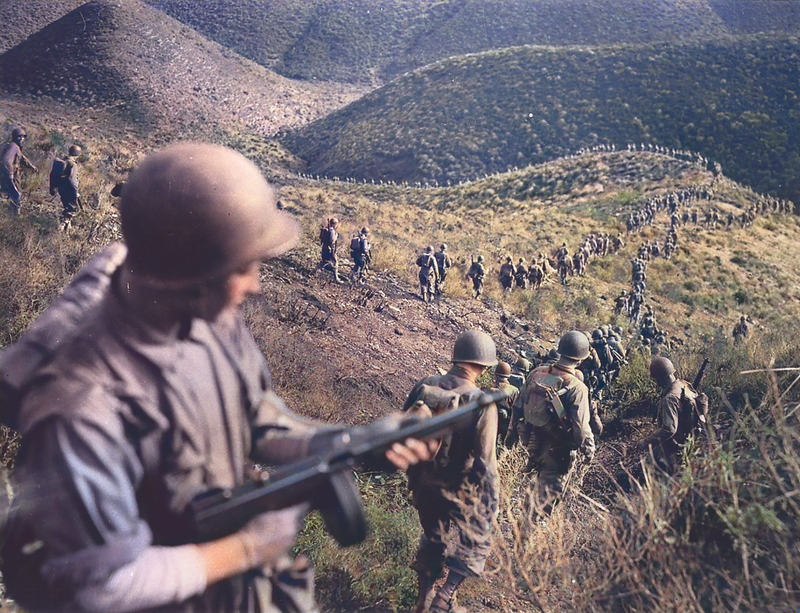
In January 1944, the Rangers were tasked with infiltrating enemy lines near Anzio to capture Cisterna. But German forces had reinforced the area. The 1st and 3rd Battalions were surrounded and, after a fierce fight, forced to surrender. Most were killed or taken prisoner. The 4th Battalion’s relief effort failed.
It was a devastating loss — and the end of Darby’s original Ranger Force in combat. Survivors were sent home or reassigned. Still, their sacrifice delayed a massive German counterattack and saved countless Allied lives.
Father Basil: The Soul of the Rangers
Among the unit’s most beloved figures was Father Albert Basil, a British Catholic chaplain assigned to the Commandos. With his sharp wit, deep compassion, and fluency in Italian, Basil inspired the men spiritually and personally. He earned a Silver Star for his role at El Guettar and later became a lifelong symbol of the Ranger spirit.
Legacy: How Darby’s Rangers Changed U.S. Military History
After the loss at Cisterna, Col. William O. Darby continued to serve until he was killed in action in April 1945, just days before the end of the war in Europe. He was posthumously promoted to Brigadier General.
Darby’s vision lives on in today’s 75th Ranger Regiment and the broader U.S. special operations community. The tactics, training methods, and ethos of his battalion have influenced generations of elite soldiers.
Conclusion: Rangers Lead the Way
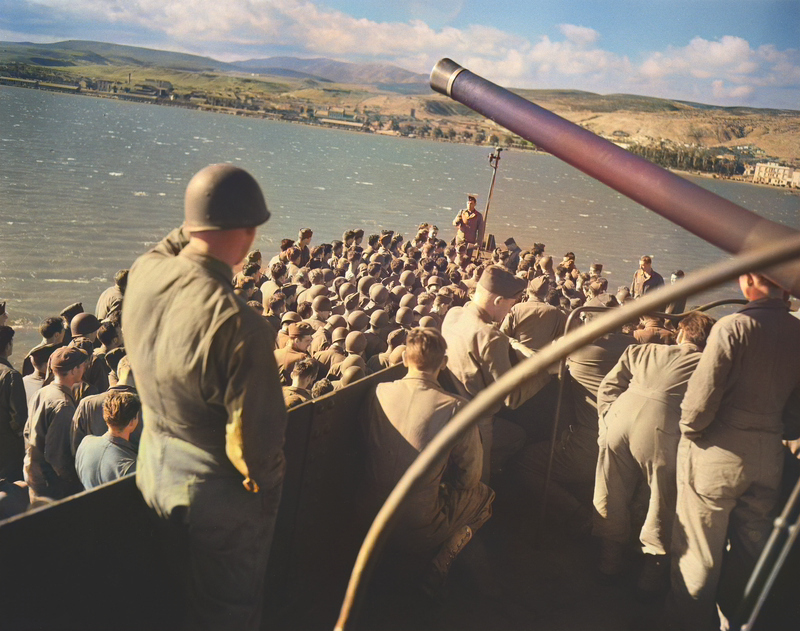
From North Africa to Italy, Darby’s Rangers embodied what it meant to lead by example — to volunteer for the hardest missions and persevere against the odds. Their story is not just one of combat, but of leadership, innovation, and legacy.
Their motto, “Rangers Lead the Way,” is not just a phrase — it is a creed born in blood and carried forward to this day.
Further Reading & Resources
- U.S. Army Ranger Association
- Darby’s Rangers by William O. Darby and William Baumer (book)
- World War II Memorial Database

